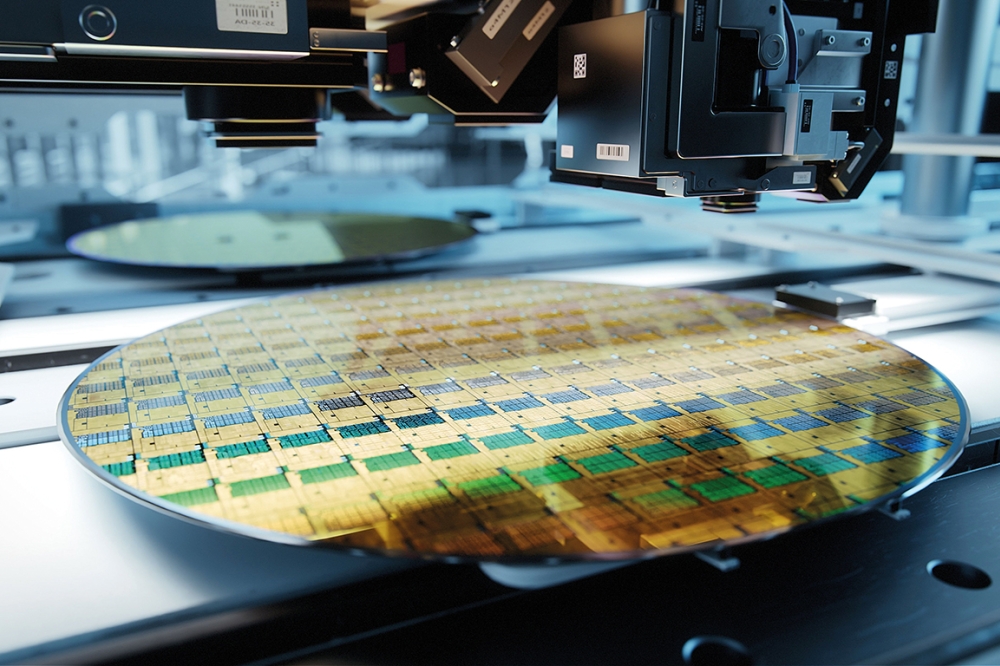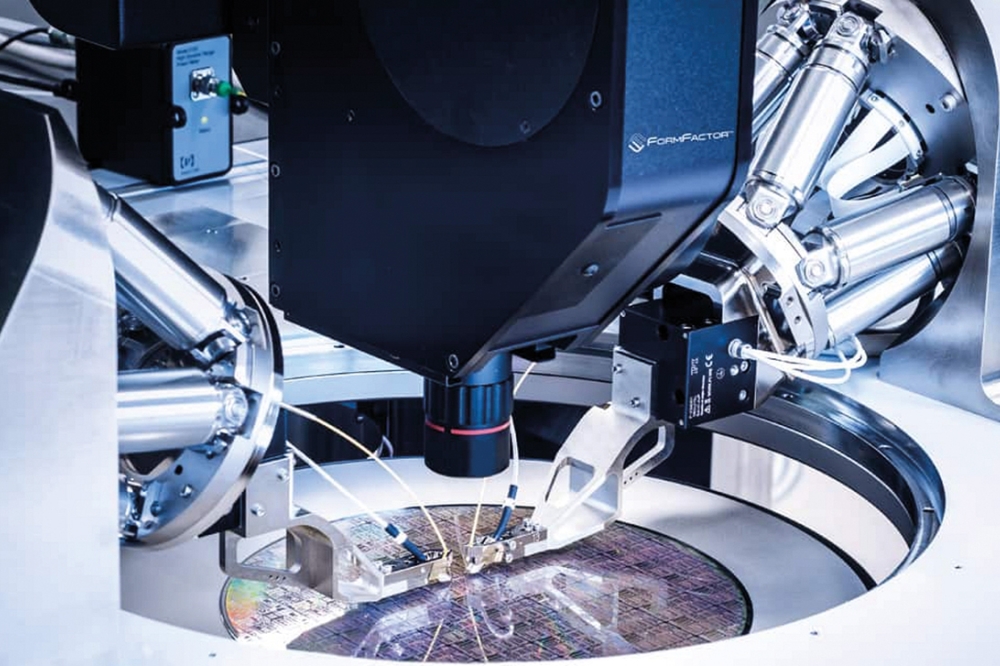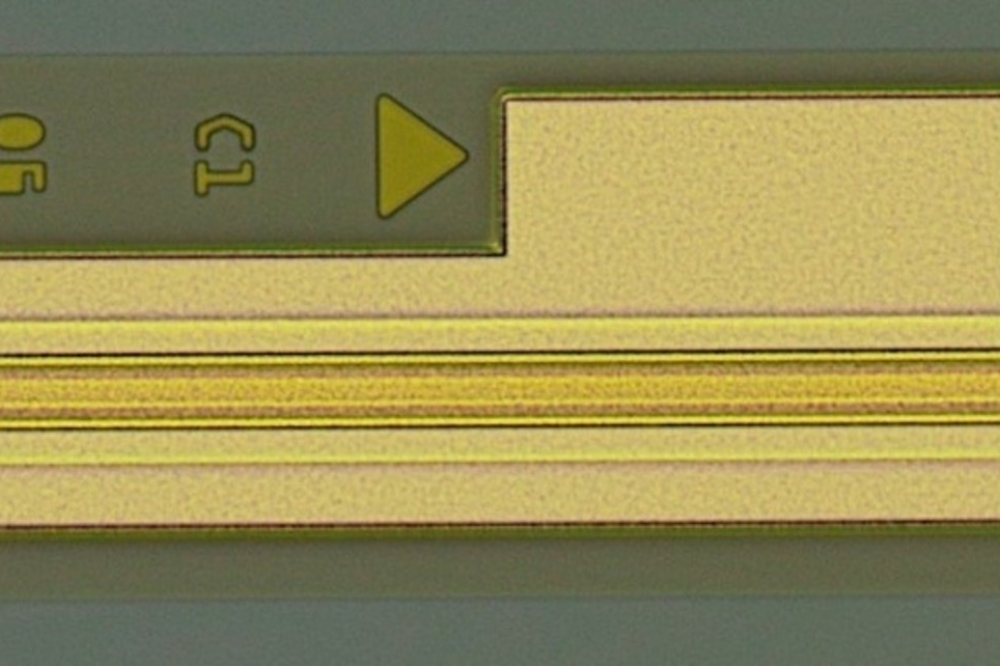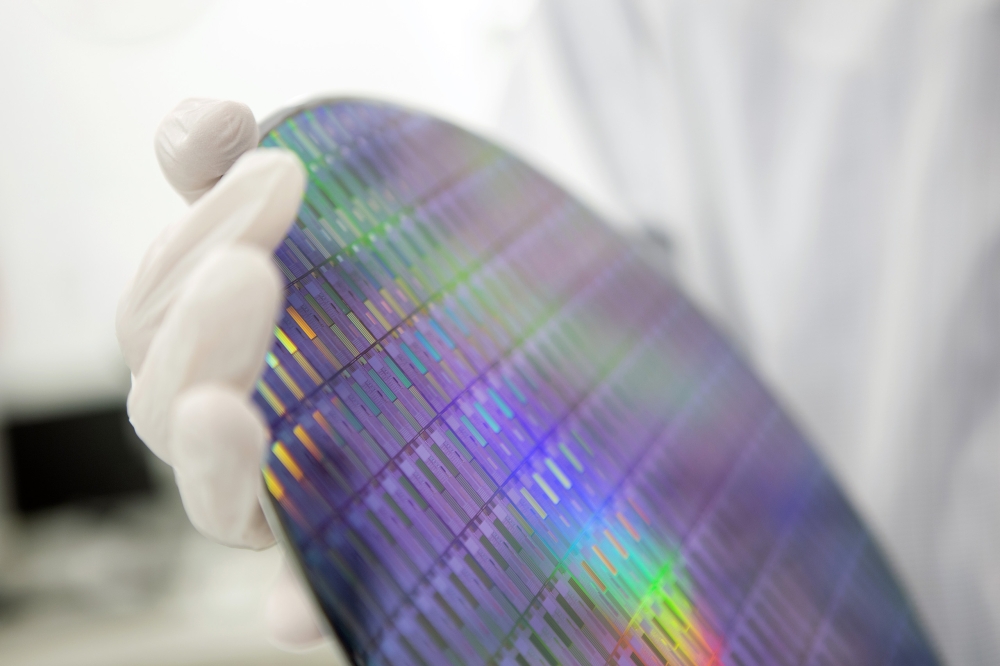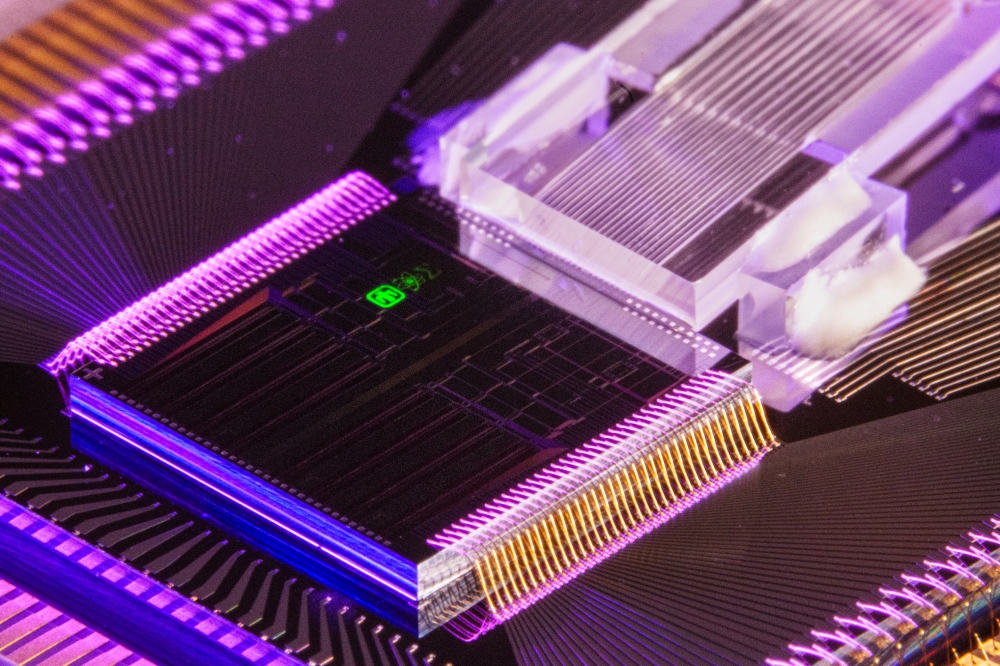News Article
Infinera Launches End-to-End Digital OTN Networking
The integrated module capability enables programmable multi-service OTN switching throughout the network.
Infinera is launching a set of end-to-end Digital OTN solutions to deliver the benefits of its Digital Optical Networks combined with full compatibility with international OTN standards.
The firm’s Digital OTN vision enhances the benefits of OTN by enabling OTN capabilities to be realized throughout the optical network instead of only at the edges. Infinera is delivering Digital OTN solutions with new hardware and software.
OTN (Optical Transport Network) is a set of standards developed by the ITU-T specifying optical network architecture and specific signal structures and interfaces to promote transparent multi-service transport, improved network performance and greater interoperability for wavelength division multiplexing (WDM) networks.
OTN promises to simplify, flatten, and reduce capital and operating cost in optical networks. However, most vendor implementations of OTN have been piecemeal to date. With new product capabilities, Infinera offers what it believes to be the most complete OTN implementation in the industry.
The Infinera DTN supports OTN switching at every node, enabling grooming and switching of OTN-encapsulated client services to maximize service reconfigurability and network performance monitoring throughout the network, for increased network bandwidth efficiency. The enhancements announced today add the capability to support native OTN end-to-end services from metro/edge networks across backbone/core networks and standard-compliant OTN networking across multiple operator networks.
By enhancing Infinera’s Digital Optical Networks architecture to support OTN service interfaces, an Infinera network offers significant benefits over a conventional OTN transport-only WDM network. With integrated bandwidth management, an Infinera network offers OTN switching in the network core. This enables capacity in the network to be used more efficiently, minimizing wasted bandwidth. In addition, the implementation of OTN solutions in both the Infinera ATN and Infinera DTN platform enables end-to-end aggregated OTN hand-offs throughout the network, from metro edge to metro core to long-haul core.
Infinera’s end-to-end Digital OTN is enabled by the introduction of both hardware and software enhancements to Infinera’s family of optical platforms. The hardware enhancements are new Tributary Adapter Modules for the DTN digital ROADM core WDM system and new Service Interface Modules for the ATN metro/access WDM system.
These new modules enable OTN, Ethernet, FibreChannel, SONET/SDH, and wavelength services with per-port programmability. They are compatible with field-deployed DTNs and ATNs, simplify sparing, and expand service delivery. New software includes Infinera’s latest release of the Digital Network Administrator (DNA Release 6), providing even better integration of end-to-end mixed DTN/ATN networks and a host of accelerated-workflow applications to speed and simplify common network operations tasks. The new products have already begun shipping and are planned to be generally available by next month.
“Network operators are seeking ways to reduce the cost and complexity of their networks and are excited about new OTN switching gear and automated multi-layer networking capabilities emerging in the market,” said Ron Kline Principal Analyst Network Infrastructure at Ovum. “OTN is the glue that holds together a multi-service, high-capacity transport layer. However, in order to maximize effectiveness you need the whole OTN package present in both the core and edge of the network including service interfaces, switching/ grooming, network management, protection, OAM and control plane capabilities.”
“The OTN vision is most effectively realized through an Infinera Digital Optical Network architecture,” said Infinera Chief Strategy Officer Dave Welch. “Infinera’s continued feature expansion to our metro, core, and management platforms to enable end-to-end Digital OTN networking delivers important benefits to service providers in terms of network management, reliability, and efficiency because they provide visibility and manageability throughout the network.”
Infinera provides Digital Optical Networking systems to telecommunications carriers worldwide. The company’s systems use breakthrough semiconductor technology: the photonic integrated circuit (PIC) based on Indium Phosphide (InP). Infinera's systems and PIC technology are designed to provide customers with simpler and more flexible engineering and operations, faster time-to-service, and the ability to rapidly deliver differentiated services without reengineering their optical infrastructure.











